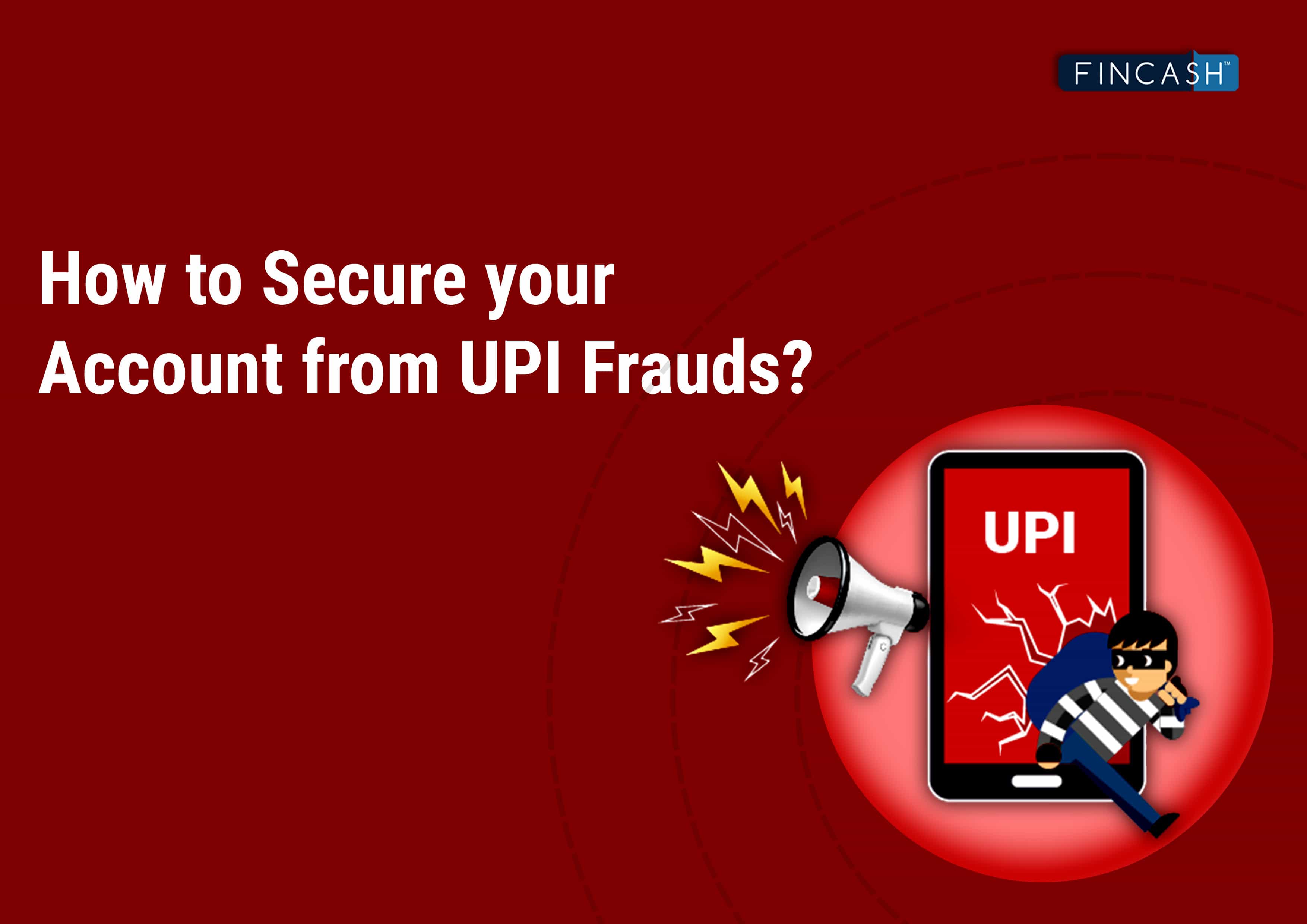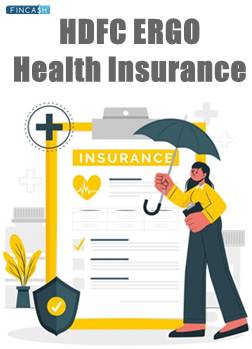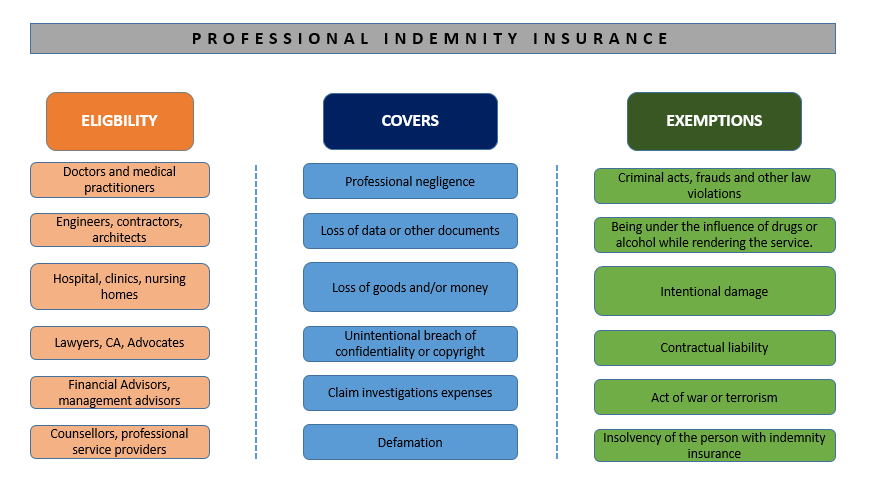
Fincash » Insurance » Insurance Frauds and Scams: How to Avoid It?
Table of Contents
- Understanding Insurance Fraud
- Hard Insurance Fraud vs Soft Insurance Fraud
- What Are the Consequences of Insurance Fraud?
- Types of Insurance Frauds
- Common Types of Insurance Fraud
- Tips to Avoid Insurance Scams for Policyholders in India
- Tips to Avoid Insurance Scams for Insurance Providers in India
- Conclusion
Insurance Frauds and Scams: How to Avoid It?
The escalation of insurance fraud in India presents a concerning challenge, as more and more honest policyholders are becoming prey to deceptive schemes. In simple words, insurance fraud refers to any deception by individuals or groups to obtain an Insurance Claim to which they have no legal entitlement. This deceitful practice poses a significant challenge for Insurance companies and policyholders in India.

Furthermore, these frauds lead to false claims of billions of rupees annually. As a result, insurance rates have increased, and underwriting requirements have become more stringent, making it increasingly difficult for honest consumers to obtain coverage. In this post, let's understand more about insurance fraud scams, their various types and how they can be easily avoided.
Understanding Insurance Fraud
Insurance fraud occurs when there is an attempt to deceive an insurance company. This practice can be carried out by both policyholders and insurers across various sectors, including life, health care, property, and unemployment. Surprisingly, sellers are the most common perpetrators of insurance fraud. For policyholders, insurance fraud typically involves misrepresenting information on an application (known as premium fraud) or submitting false or exaggerated claims. For insurers, fraud can involve collecting premiums without providing the promised coverage to applicants. Common tactics include premium diversion, fee churning, and asset diversion.
Hard Insurance Fraud vs Soft Insurance Fraud
Before delving into the types and methods of insurance fraud, it's essential to understand the two primary categories:
Hard Insurance Fraud: Hard fraud involves entirely fabricated insurance claims, where the claimant either invents a claim or deliberately causes damage to trigger an insurance payout. It requires deliberate planning and scheming, with the criminal intending to commit fraud. For instance, a fraudster might stage a fake accident or damage to their vehicle to make an insurance claim. They may enlist the help of others, such as mechanics, to legitimise their fraudulent claim.
Soft Insurance Fraud: Soft fraud involves exaggerating legitimate insurance claims to increase payout amounts or misrepresenting information on applications to obtain lower premiums. It often occurs opportunistically, with participants not necessarily realising their actions constitute fraud. Examples include increasing the value of stolen items in a robbery claim or misrepresenting medical history to obtain lower Life Insurance premiums.
While hard fraud typically involves more significant consequences for insurers on a per-case Basis, soft fraud can also add up over time, impacting insurers' overall fraud losses. Regardless of the type, proactive prevention efforts are crucial for minimising the impact of insurance fraud.
Talk to our investment specialist
What Are the Consequences of Insurance Fraud?
Insurance fraud presents significant challenges and carries legal consequences for perpetrators, but its impact extends beyond individual fraudsters to the broader community. Here are some of the repercussions:
Reduced Profitability for Insurance Companies
Dealing with fraudulent activities strains insurance companies' financial stability. Combatting fraud requires substantial investments of both time and resources, leading to diminished profit margins.
Increased Premiums
The burden of insurance fraud often falls on policyholders in the form of higher premiums. In response to the financial losses incurred from fraudulent claims, insurance companies may pass on these costs to customers.
Drain on Public Resources
Insurance fraud burdens insurance companies and strains public resources. Entities like hospitals and healthcare facilities may expend valuable resources verifying or refuting claims made by fraudsters, particularly in car insurance or health insurance claims.
Types of Insurance Frauds
Consumers can access many insurance products, from life and health care to automobiles, property, and beyond. Despite the diversity across industries, insurance policies generally operate similarly, allowing for the application of similar prevention tactics. However, each sector encounters slightly different fraud strategies due to variations in insurance policies. Fraudsters adapt their methods based on the specific type of insurance they target. Let's explore how insurance fraud works in various industries.
Life Insurance: Instances of entirely fabricated life insurance claims are rare, as they would necessitate feigning a severe illness or even death. Instead, life insurance fraud often occurs during application, with applicants falsifying personal details to secure lower premiums. This may involve misrepresenting Income, assets, or health status.
Health Care Insurance: Health care insurance fraud encompasses any deceitful attempt to obtain benefits by distorting or concealing information. Policyholders may make false health benefit claims, withhold pre-existing conditions on applications, or utilise fraudulent claims for prescription drugs. Physicians may engage in fraud by billing for fictitious services, increasing service costs, practising without a valid license, or overcharging patients.
Automobile Insurance: Policyholders may file false or exaggerated claims to maximise their automobile insurance benefits. These claims may be entirely fabricated, often requiring collaboration with others to lend credibility. For example, mechanics could provide falsified documentation of repairs, or law enforcement agents may falsify police reports. In extreme cases, policyholders may stage accidents to intentionally cause damages and injuries.
Property Insurance: Fraud in Property Insurance involves falsely claiming, staging, or exaggerating damages to property. This may include increasing claim values or submitting claims for damaged items that are otherwise unsellable.
Unemployment Insurance: Attempting to obtain unemployment benefits illegitimately constitutes Unemployment Insurance fraud. Policyholders may fabricate their unemployment status or misrepresent the duration of their unemployment.
Common Types of Insurance Fraud
Insurance fraud encompasses a Range of deceitful tactics, presenting a significant risk to both insurers and policyholders, such as:
Fabricated or Exaggerated Claims: This is a common form of insurance fraud. To maximise reimbursements from insurers, policyholders or beneficiaries may fabricate claims. For instance, in health insurance, individuals might submit fictitious medical bills or invoices to get claims. Similarly, in vehicle insurance, policyholders might stage accidents or falsify evidence to make false claims.
Staged Accidents: Staged accidents rank among the top 10 insurance frauds. In this scheme, policyholders deliberately arrange accidents or make them appear as if they occurred to file false claims. Tactics may include rear-end collisions, intentional collisions with stationary objects, or falsely claiming involvement in an event.
Falsification of Records: This occurs when policyholders provide false information on their insurance applications or claims, including fabricated invoices, receipts, bills, and medical records. For instance, in health insurance, individuals may fabricate medical records or receipts to get claim costs.
Premium Diversion: It occurs when brokers or agents accept premium payments from policyholders but Fail to remit them to the insurance provider, resulting in policy lapses. It is prevalent in life and health insurance, where brokers may divert premiums for personal gain or to Offset losses.
Phantom Policies: Common in life and health insurance, this fraud involves brokers or agents issuing made-up policies to collect premiums without providing coverage as promised. It is often used to maintain a thriving business's appearance or defraud individuals who are ineligible for coverage.
Multiple Claims: Policyholders may submit multiple claims, often to different insurers, for the same loss or damage. This fraud is widespread in property insurance, with individuals filing repeated claims to maximise compensation or replace goods not genuinely lost or damaged.
Identity Theft: Heavily impacting health and vehicle insurance, Identity Theft involves criminals using stolen identities to purchase insurance policies or file false claims. They may submit fake claims for medical care or accidents they never experienced or obtain Insurance Coverage using stolen identities.
Tips to Avoid Insurance Scams for Policyholders in India
Both insurance companies and policyholders can prevent insurance fraud through various measures. Here are several ways to help you understand how to steer clear of insurance fraud:
Scrutinise Every Detail of the Insurance Provider
Always verify the legitimacy of any insurance caller. Be cautious of suggestions that prompt you to switch insurance coverage for seemingly more attractive options. Avoid promises of rewards, incentives, or perks from strangers, especially if they seem too good to be true.
To confirm insurance policy details, directly contact the insurer. This can be done via email, obtaining the insurer's customer service number, or checking the policy on the insurer's official website. Clarify with the insurer if the premium amount seems unusually low. Never authorise an agent to complete policy documents or sign blank claim forms. Refrain from succumbing to time-sensitive or hastily offered deals.
Avoid Cash Premium Payments
Avoid handing premiums directly to insurance agents or agencies when paying with cash. Instead, choose to pay the insurance company at one of its branches. Make premium payments online, via cheque, or using a credit card to ensure they reach the insurance provider. Always request valid receipts for every premium paid.
Protect Sensitive Information and Documents
Avoid sharing Aadhar, PAN, passport, or insurance numbers with strangers or third parties. Legitimate general insurance providers do not require original copies of your documents. Never sign blank cheques or disclose private information about your life or insurance policies. Refrain from sharing OTPs, account logins, or passwords with insurance representatives or your insurance agent.
Thoroughly Review All Policy Details
Carefully examine the specifics of insurance policies to verify qualifications and coverage information. Confirm the policy's specifics before completing the form. Never certify an incomplete proposal form. To avoid falling for fake insurance policies, purchase insurance directly from the insurance company or authorised intermediaries.
Complete Your Policy Documents
When purchasing insurance offline, complete the policy documentation to prevent fraud. If an agent fills out the policy document on your behalf, thoroughly read and understand the terms, conditions, inclusions, and exclusions. Check for spelling mistakes, omissions of information, and factual errors before signing.
Tips to Avoid Insurance Scams for Insurance Providers in India
Here are some tips that insurance providers can follow to avoid insurance policy scams in India:
Establish Clear Policies and Procedures
Insurance companies must formulate comprehensive policies that outline the organisation's guiding principles and risk management processes. These policies should also define the procedures for team members to follow when executing tasks. Clear instructions should be provided on handling various cases and addressing suspicious behaviour. These policies must be documented and easily accessible to all team members to ensure adherence to established standards.
Verify Customer Information Before Policy Issuance
To mitigate insurance fraud risks, organisations should verify customer identities and information right from the start of the relationship. Through thorough customer due diligence and KYC procedures, insurers can confirm the legitimacy of applicants and ensure that the provided details align with reality. Verification processes should extend to all insurance policy aspects to prevent misrepresentation and fabrication of information.
Conduct Comprehensive Claim Investigations
The "Trust, but verify" mantra holds significant importance in the insurance Industry, particularly during claim processing. Strong investigation procedures should be in place to meticulously scrutinise claims and supporting documentation. Investigators must assess the validity and reasonableness of each claim, detecting both entirely fabricated and exaggerated claims. Thorough scrutiny is essential to minimise fraud losses incurred by insurers.
Monitor Policy Changes
Policy alterations can serve as red flags for potential insurance fraud, warranting vigilant monitoring by insurers. Authentication of documentation accompanying policy changes is crucial to verify the legitimacy of requests. Activity and event monitoring tools enable tracking of account modifications, aiding in detecting Account Takeover Fraud (ATO) and other fraudulent activities. Internal checks on insurance agents' activities can also unveil premium diversion and fee-churning instances, contributing to fraud detection efforts.
Conduct Internal Audits
While the focus of fraud prevention often centres on external actors, insurance companies should not overlook the possibility of fraud committed by their staff. Premium diversion, in particular, is a prevalent form of insurance fraud perpetrated by insiders. Internal audits and investigations serve as effective measures to uncover fraudulent activities conducted by employees. Regular audits ensure compliance with regulations, validate premium collection practices, and verify the legitimacy of in-force policies, acting as a deterrent against fraudulent behaviour within the organisation.
Conclusion
Insurance fraud poses a significant threat in India, leading to considerable financial losses for insurance providers and policyholders. However, there are proactive measures that insurance companies and policyholders can implement to prevent and detect insurance fraud. Ultimately, by working together, we can promote transparency and fairness within the insurance sector, thereby protecting ourselves from the financial consequences of insurance fraud.
All efforts have been made to ensure the information provided here is accurate. However, no guarantees are made regarding correctness of data. Please verify with scheme information document before making any investment.












